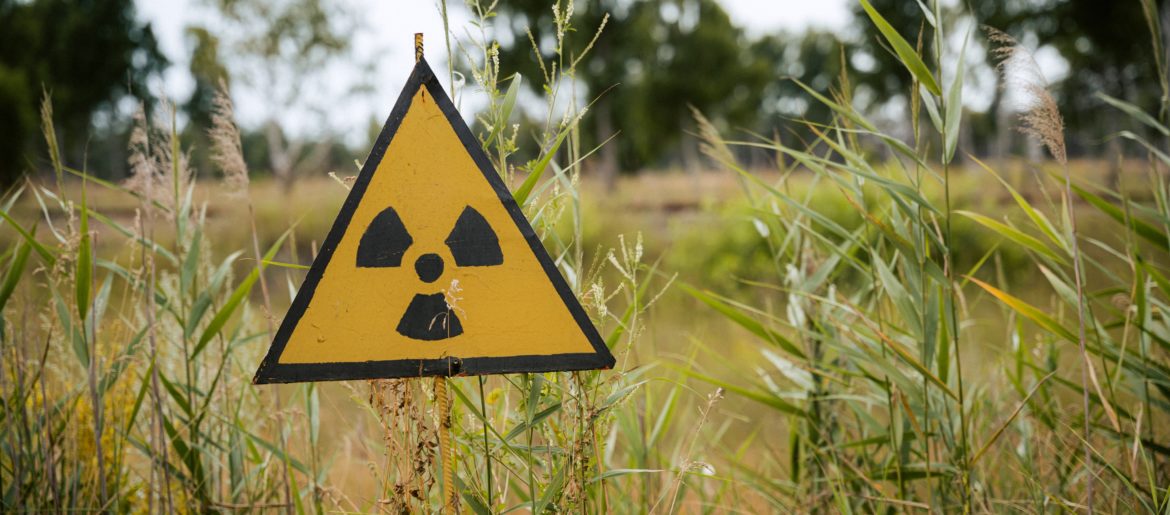Marianna Messina, Vincenzo D. Palumbo
Summary
Radiation protection is expressed in a series of principles, recommendations, requirements, prescriptions, technologies and operating methods, evaluations aimed at protecting the population. Protection from the effects of radiation is based, at a general level, on the isolation of the environment and humans from radioactive sources, on the adoption of design, construction and technological solutions, as well as on the identification of behaviours and prescriptions, suitable for reducing the individual and collective exposure to an appropriate extent. Three general principles of radiation protection have been defined in order to reduce the risk of stochastic damage: justification, optimization, and dose limits. The legislative decree 101/2020 acknowledges the innovations that have occurred over the last twenty years, showing awareness of the legislative evolution of the health professions. The new legislation overcomes the paradigm that concerns working on delegation, thanks also to the use of protocols, both in reference to the justification and optimization
process.
References
- ICRP Publication 105. Radiation protection in medicine. Ann ICRP. 2007;37(6):3-5. doi:10.1016/J.ICRP.2008.08.001
- The 2007 Recommendations of the International Commission on Radiological Protection. ICRP publication 103. Ann ICRP. 2007;37(2-4):1-332. doi:10.1016/J.ICRP.2007.10.003
- LT D. Exposed medical staff: challenges, available tools, and opportunities for improvement. Health Phys.
2014;106(2):166. doi:10.1097/HP.0000000000000001 - Cool DA, Kase KR, Boice JD. NCRP Report no.180-management of exposure to ionizing radiation: NCRP radiation protection guidance for the United States. J Radiol Prot. 2019;39(3):966-977. doi:10.1088/1361-6498/AB1826
- Vano E. Global view on radiation protection in medicine. Radiat Prot
Dosimetry. 2011;147(1-2):3-7. doi:10.1093/RPD/NCR265




